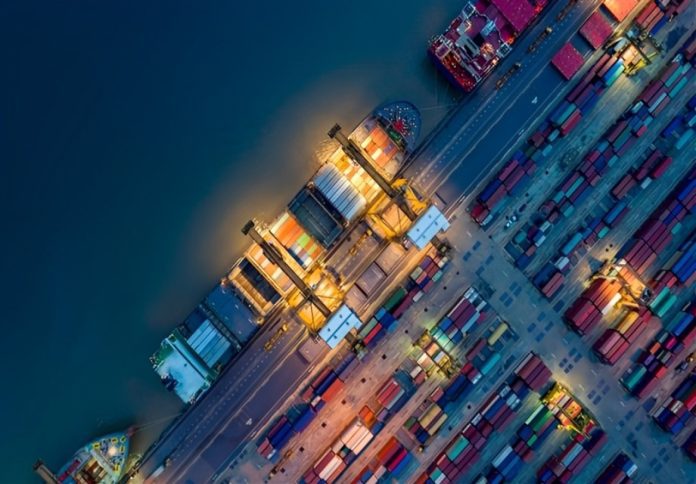
Article by Chris Calverley, Head of Sales and Partnerships – ANZ at Avalara
Selling overseas can be an excellent way for Australian businesses to boost revenue and profits but there are pitfalls aplenty for the unprepared.
Are you looking to boost lacklustre local sales by launching an export push into the US in FY2026?
Despite the recent imposition of a 10 per cent tariff on Australian goods entering the country, it can be an excellent way to grow your revenue, profits and business.
But selling stateside isn’t as straightforward as converting your prices to US dollars and waiting for US consumers to complete their carts. There’s lots that can go wrong on your export journey if you don’t dot all the i’s and cross all the t’s before you get started.
Here are five common export errors and the strategies that will help you avoid them.
Not localising your offering
Yes, we share a common language with our pals across the Pacific but there’s lots they do differently ‘over there’. Take clothing sizes, for example. A women’s size eight Down Under is a US size four while, across the virtual aisle in menswear, US shirt and belt sizes are measured in old fashioned inches, rather than the centimetres we’ve become accustomed to here. That’s why it pays to localise your web site and marketing collateral before you go international. It alerts customers to such differences, minimises the incidence of unsuitable purchases and cuts down on the cost of returns.
Making returns painful
Speaking of returns, they can be make or break, particularly for new market entrants from abroad. Research shows a whopping 70 per cent of customers will check out a brand’s returns policy before making their first purchase. If they don’t feel confident, they’ll be able to send an item back quickly and easily ? should it prove to be unsuitable, then getting them to commit? Fuhgeddaboudit! Investing time and resources into developing – and testing – a fair, straightforward returns policy and process will remove this roadblock and give customers the assurance they need to give your goods a go.
Searching for sales in all the wrong places
On the map, it’s one super-sized country but, on the ground, the US is a conglomeration of 50 very different states. Population, climate, demographics and taste can vary enormously from region to region. Overseas sellers that don’t take account of these differences can struggle to gain traction. Researching your target market and concentrating your sales and marketing efforts on the cities and states where your range is likely to enjoy greatest appeal will help you hit your stride faster.
Stiffing your customers with unexpected charges
We all love it when a parcel arrives, but perhaps not so much if it’s accompanied by a bill for taxes the seller omitted to add to the sale. Fail to calculate the sales tax on your shipments to the US correctly and there’s every chance of this scenario playing out on your customers’ doorsteps, from LA to New York and every place in between. And the chance of them buying from your business a second time after it does? Slim to none, I’d venture. You’ll avoid the embarrassment – and the less-than-glowing Google reviews – by getting it right, first time, every time.
Trouble is, that’s easier said than done. In addition to the 10 per cent tariff levied on Australian imports, there are more than 13,000 sales and use tax jurisdictions in the US, along with different laws for remote sellers in some states. Some states require sellers to apply fees to orders containing items of personal property that are delivered by vehicle while others impose additional charges on deliveries over a certain value.
Falling foul of the tax authorities
Failing to get to grips with the USA’s compliance complexity won’t only scupper your efforts to build strong relationships with new customers. It will put your business squarely in the sights of the authorities charged with administering federal, state and local tax regimes. That’s not a comfortable place to be and exporters who get their numbers wrong can all too easily find themselves mired in time consuming and expensive rectification exercises.
That’s why it makes sense to develop a proactive cross border trade strategy and tax compliance plan to help you get it right – one that will set your business up to respond effectively to new taxes and charges, even if they continue to be announced and implemented at today’s blistering pace.
Automated tax compliance technology is a straightforward way to avoid this pitfall. It’s designed to help Australian businesses start selling in the US by simplifying and streamlining all the tasks associated with tax compliance – think registration, licensing, sales tax calculation, document management, reporting and e-invoicing.
Once it’s implemented in your back office, you’ll have the ability to calculate a wide range of indirect taxes in real time, including US import duties and applicable sales taxes.
Add it to your tech stack and you’ll be able to calculate a wide range of indirect taxes in real time, including the applicable sales tax in all 13,000 of those aforementioned jurisdictions.
If you’re serious about making a success of your export push in FY2026, it’s the smartest investment you can make.


















